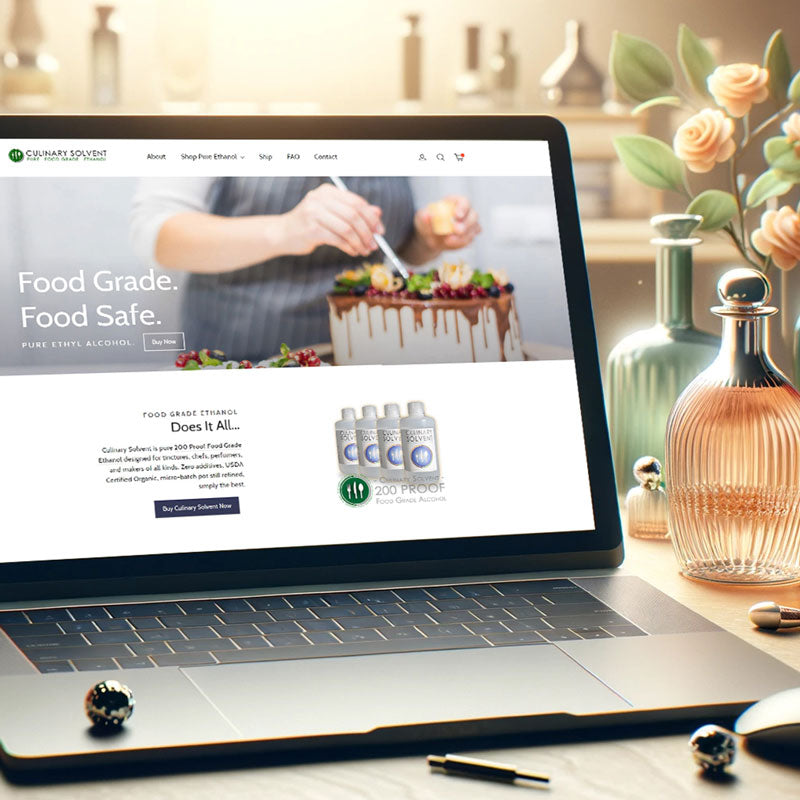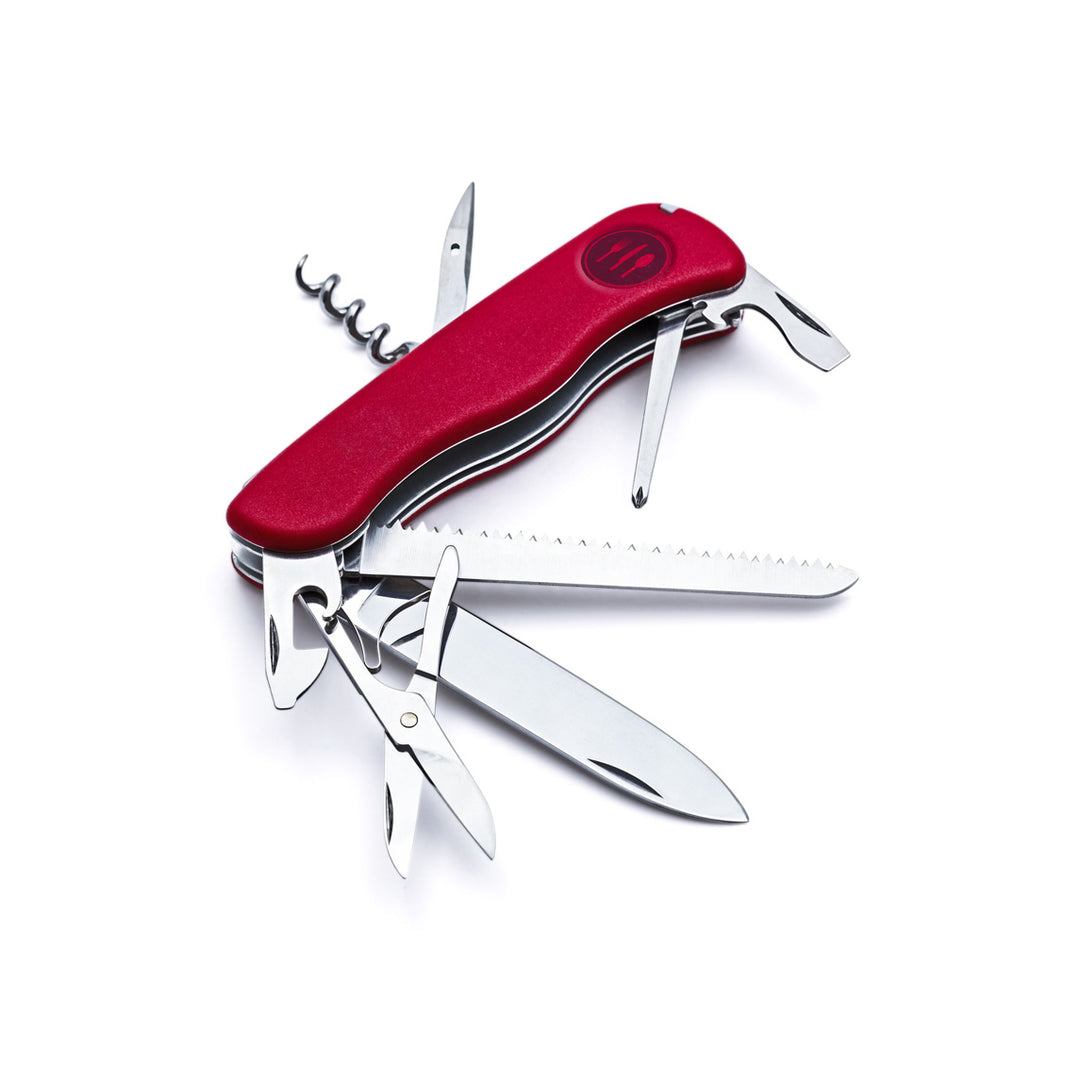How to Disinfect Plexiglas Dividers

Plexiglas dividers (acrylic plastic) have become popular new fixtures installed by high-traffic retail locations like gas stations and convenience stores to help prevent the spread of coded 19. Special care should be taken when disinfecting Pexiglas dividers to ensure the compatibility of your cleaner with plexiglass is excellent and that's your cleaning technique doesn't damage the Plexiglas divider requiring replacement. Follow these steps and tips and tricks to adequately disinfect your Plexiglas divider in accordance with recommendations by the CDC.
How to Disinfect Plexiglas, in 2 Easy Steps
- Step 1 - Spray Plexiglas with alcohol solution containing at least 70% alcohol by volume.
- Step 2 - Allow up to 30 seconds for the alcohol solution to naturally dry. More contact time better than germ and virus killing results.
- Step 3 (Optional) - Wipe surface using a soft cloth, see tips below to avoid micro-scratches that may lead to fogging.
Can I use Culinary Solvent to disinfect my Plexiglas divider?
Answer: Yes, Culinary Solvent contains only pure ethyl alcohol. Ethyl alcohol over 70% ABV is recognized by the CDC to kill germs and viruses, while also demonstrating excellent compatibility with acrylic plastic (Plexiglas).
Will Culinary Solvent damage my Plexiglas divider?
Answer: No. Culinary Solvent is chemically compatible with acrylic and should not damage your Plexiglas divider, even with daily or hourly disinfection routines. If your plexiglass divider is experiencing fogging after repeated cleaning sessions, continue reading to learn how to prevent micro scratches on plexiglas.
Can I use Windex to disinfect my plexiglass?
Answer: Common household Windex is not designed for disinfecting surfaces against germs and viruses. Read the label of your product carefully to find out if it contains chemicals like ethyl alcohol or bleach which are known to kill germs and viruses. Follow this recipe to make your own 70% alcohol surface disinfectant.
Is pure absolute ethyl alcohol chemically compatible with Plexiglas?
Answer: Yes. In our opinion based on experience, and in consultation with numerous online resources which agreeing with our assessment, we rate the compatibility with ethanol ethyl alcohol with Plexiglas as excellent.
Tips for Scratch-Free Plexiglas Disinfecting.
- Avoid wiping entirely. Seriously. Consider spraying just the right amount of 70% alcohol solution on your Plexiglas divider and allowing the air to evaporate away the cleaner, in turn providing the longest contact time possible, thereby providing the most germ and virus killing potential too.
- If you must wipe, use the softest cloth possible, like a cloth baby diaper or a microfiber towel found in the car wash section of your auto parts store. Using ordinary paper towels or terrycloth towels repeatedly on the surface of your Plexiglas divider may create micro-scratches over time which may lead to fogging to a point that will require you to replace the divider before the recommendations are lifted.
- If you use a squeegee, it's important that you give the 70% alcohol solution enough contact time to ensure disinfection. This means leave the surface wet for up to 30 seconds before squeegeeing to a streak free finish.
What specific type of plastic is Plexiglas?
Answer: Plexiglas is acrylic plastic.
Is it possible to fix scratches in Plexiglas dividers?
Answer: If you can't avoid scratches in the first place, see tip above, you can repair small scratches in Plexiglas following the right steps, acmeplastics.com provides a detailed step-by-step here.















